
The imperial system of units, imperial system or imperial units is the system of units first defined in the British Weights and Measures Act 1824 and continued to be developed through a series of Weights and Measures Acts and amendments.

Metrication or metrification is the act or process of converting to the metric system of measurement. All over the world, countries have transitioned from local and traditional units of measurement to the metric system. This process began in France during the 1790s, and has persistently advanced over two centuries, accumulating into 95% of the world officially only using the modern metric system. Nonetheless, this also highlights that certain countries and sectors are either still transitioning or have chosen not to fully adopt the metric system.

Chinese units of measurement, known in Chinese as the shìzhì, are the traditional units of measurement of the Han Chinese. Although Chinese numerals have been decimal (base-10) since the Shang, several Chinese measures use hexadecimal (base-16). Local applications have varied, but the Chinese dynasties usually proclaimed standard measurements and recorded their predecessor's systems in their histories.
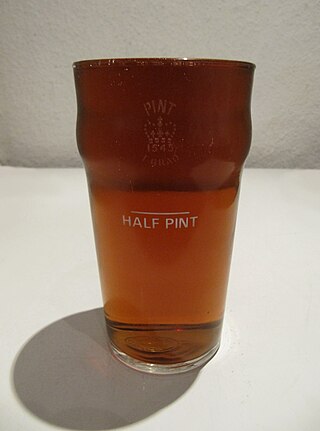
The pint is a unit of volume or capacity in both the imperial and United States customary measurement systems. In both of those systems it is traditionally one eighth of a gallon. The British imperial pint is about 20% larger than the American pint because the two systems are defined differently. Almost all other countries have standardized on the metric system, so although some of them still also have traditional units called pints, the volume varies by regional custom.
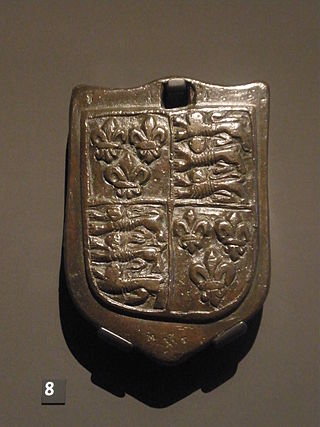
The stone or stone weight is an English and British imperial unit of mass equal to 14 pounds (6.35 kg). The stone continues in customary use in the United Kingdom and Ireland for body weight.
A system of units of measurement, also known as a system of units or system of measurement, is a collection of units of measurement and rules relating them to each other. Systems of measurement have historically been important, regulated and defined for the purposes of science and commerce. Instances in use include the International System of Units or SI, the British imperial system, and the United States customary system.
The Metric Martyrs was a British advocacy group who campaigned for the freedom to choose what units of measurement are used by traders. The group believed that vendors should have the freedom to mark their goods with imperial weights and measurements alone. This opposes the current legal position that imperial units may be used so long as metric units are also displayed.
The spread of metrication around the world in the last two centuries has been met with both support and opposition.

Metrication in Canada began in 1970 and ceased in 1985. While Canada has converted to the metric system for many purposes, there is still significant use of non-metric units and standards in many sectors of the Canadian economy and everyday life today. This is mainly due to historical ties with the United Kingdom, the traditional use of the imperial system of measurement in Canada, proximity to the United States, and strong public opposition to metrication during the transition period.
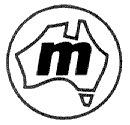
Metrication in Australia effectively began in 1966 with the conversion to decimal currency under the auspices of the Decimal Currency Board. The conversion of measurements—metrication—commenced subsequently in 1971, under the direction of the Metric Conversion Board and actively proceeded until the Board was disbanded in 1981.

Metrication, the process of introducing the metric system of measurement in place of imperial units, has made steady progress in the United Kingdom since the mid-20th century but today remains equivocal and varies by context. Most of government, industry, commerce, and scientific research use the metric system. Imperial units are officially used to specify journey distances, vehicle speeds and the sizes of returnable milk containers, beer and cider glasses, fresh milk is often still sold in multiples of pints, with the metric equivalent also marked, and precious metals are sold by the troy ounce. Metric units must be used when selling other packaged or loose goods, and imperial units can stand alongside the metric units, but it cannot stand out more than the metric units. Imperial units are also often used to describe body measurements and vehicle fuel economy. The national curriculum requires metric units and imperial units that still remain in common usage to be taught in state schools.
Traditional Japanese units of measurement or the shakkanhō (尺貫法) is the traditional system of measurement used by the people of the Japanese archipelago. It is largely based on the Chinese system, which spread to Japan and the rest of the Sinosphere in antiquity. It has remained mostly unaltered since the adoption of the measures of the Tang dynasty in 701. Following the 1868 Meiji Restoration, Imperial Japan adopted the metric system and defined the traditional units in metric terms on the basis of a prototype metre and kilogram. The present values of most Korean and Taiwanese units of measurement derive from these values as well.
Metrication, or the conversion to a measurement system based on the International System of Units (SI), occurred in India in stages between 1955 and 1962. The metric system in weights and measures was adopted by the Indian Parliament in December 1956 with the Standards of Weights and Measures Act, which took effect beginning 1 October 1958. The Indian Coinage Act was passed in 1955 by the Government of India to introduce decimal coinage in the country. The new system of coins became legal tender in April 1957, where the rupee consists of 100 paise. For the next five years, both the old and new systems were legal. In April 1962, all other systems were banned. This process of metrication is called "big-bang" route, which is to simultaneously outlaw the use of pre-metric measurement, metricate, reissue all government publications and laws, and change the education systems to metric.
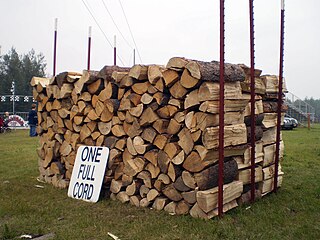
The cord is a unit of measure of dry volume used to measure firewood and pulpwood in the United States and Canada.
The traditional Burmese units of measurement were a system of measurement used in Myanmar.

As of 2009, the European Union had issued two units of measurement directives. In 1971, it issued Directive 71/354/EEC, which required EU member states to standardise on the International System of Units (SI) rather than use a variety of CGS and MKS units then in use. The second, which replaced the first, was Directive 80/181/EEC, published in 1979 and later amended several times, which issued a number of derogations to the United Kingdom and Ireland based on the former directive.

A unit of measurement, or unit of measure, is a definite magnitude of a quantity, defined and adopted by convention or by law, that is used as a standard for measurement of the same kind of quantity. Any other quantity of that kind can be expressed as a multiple of the unit of measurement.
The process of metrication in Barbados started in the early 1970s with an initiative by the government to push for industrialisation of the economy. The process has progressed slowly but the metric system has now replaced the previous imperial units.

The following outline is provided as an overview of and topical guide to the metric system:
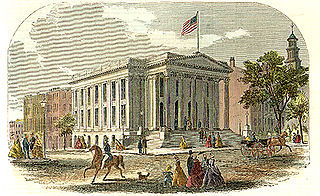
The imperial and US customary measurement systems are both derived from an earlier English system of measurement which in turn can be traced back to Ancient Roman units of measurement, and Carolingian and Saxon units of measure.












